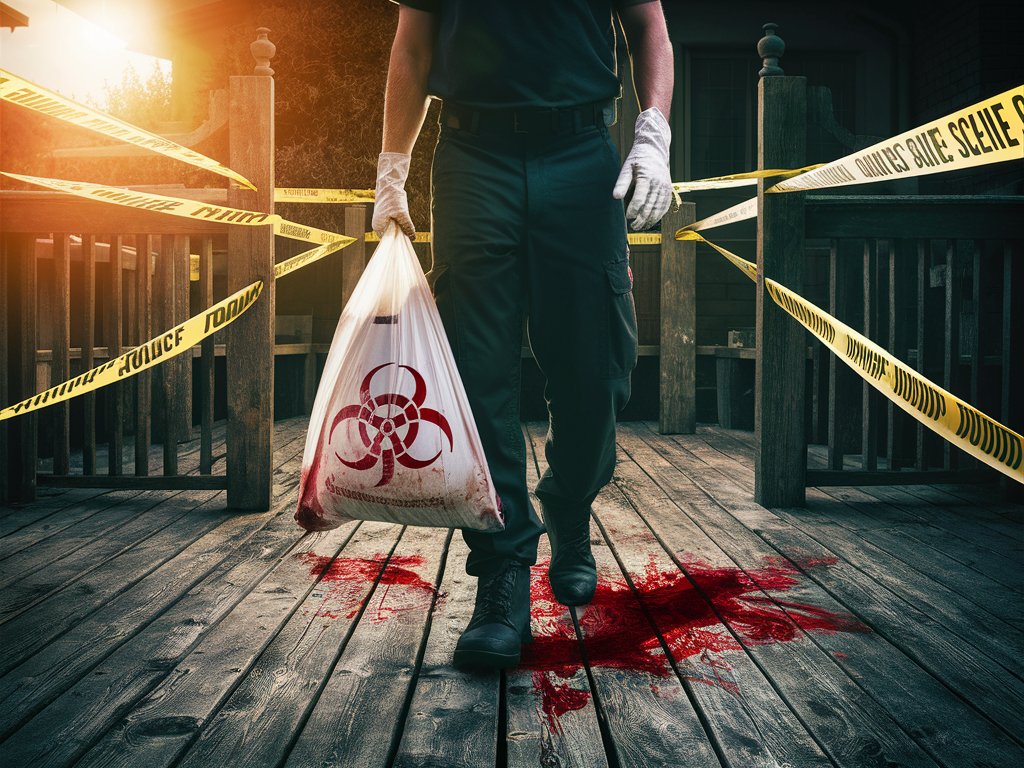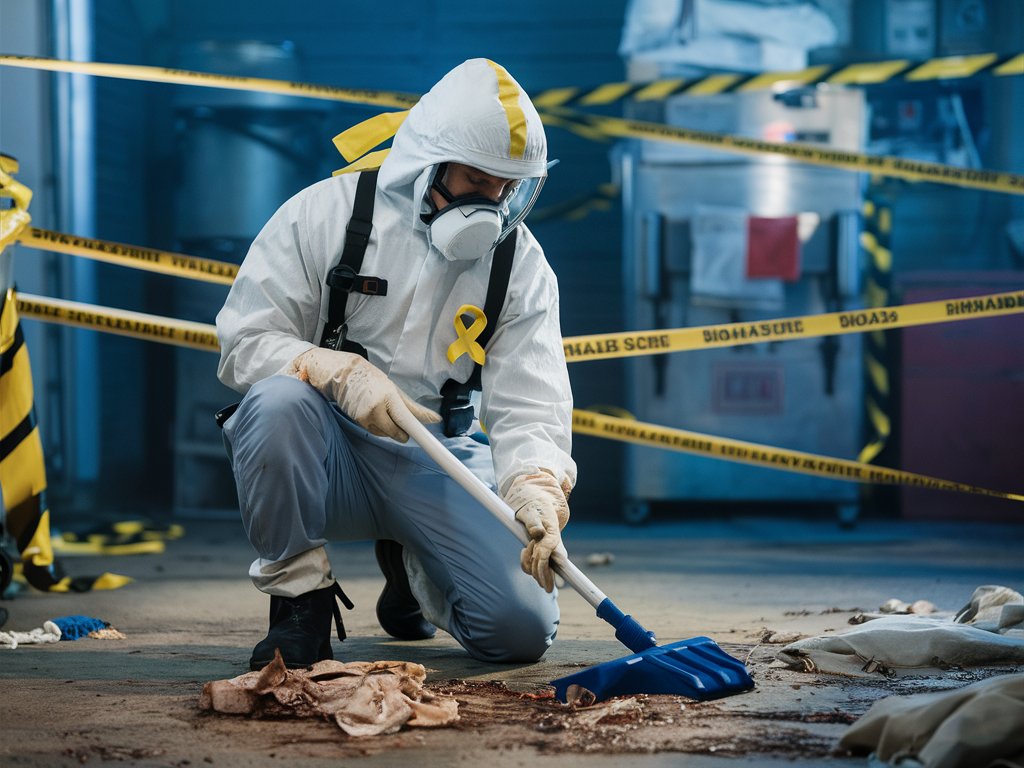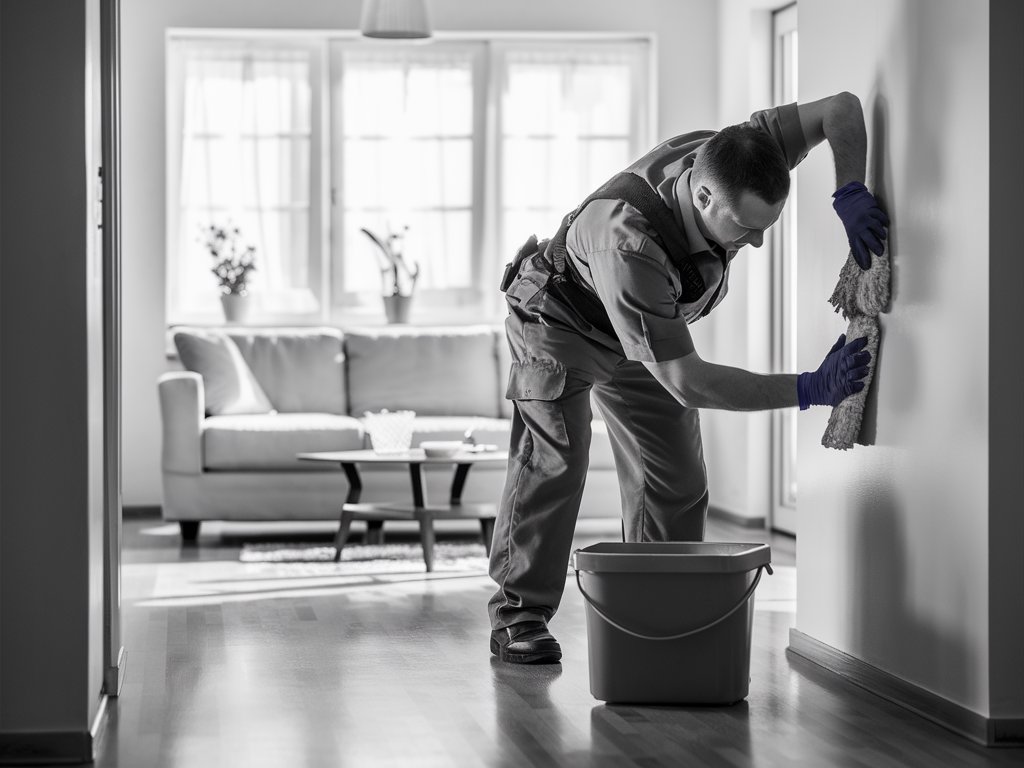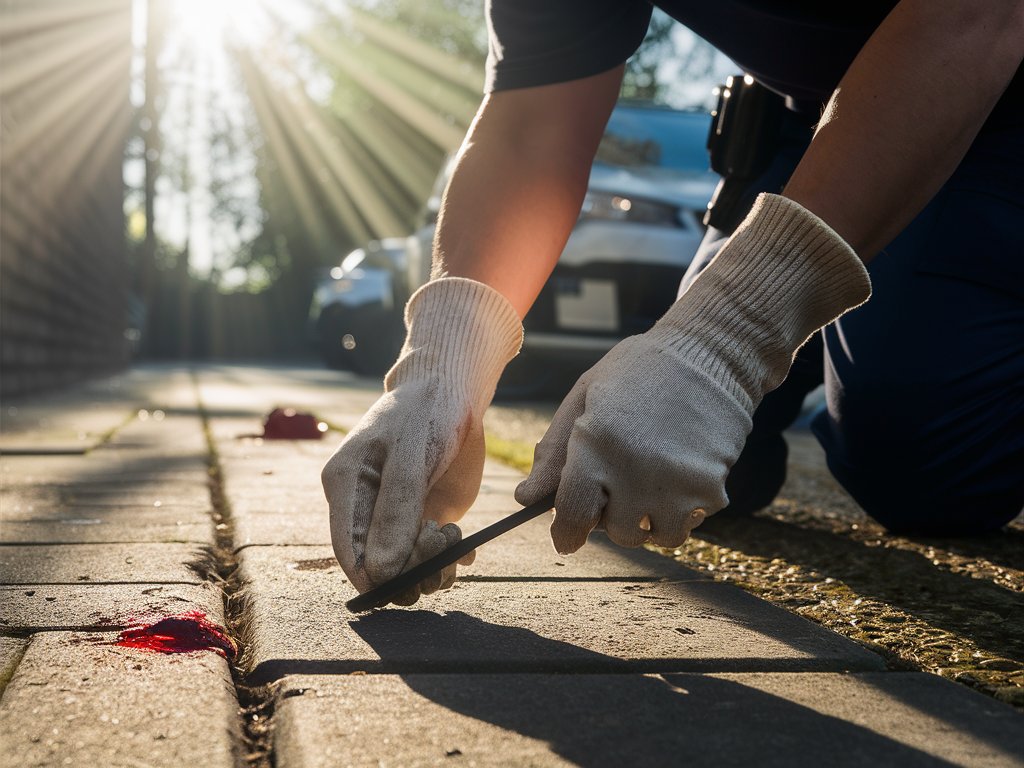Crime scenes often look very different from what you see on TV. The aftermath of an incident can involve biohazards like blood, bodily fluids, and even damaged property. These materials aren’t just unsightly; they pose serious health risks.
One memorable cleanup I handled involved a property where a violent altercation had occurred. The walls, floor, and furniture carried visible reminders of the tragedy. It was a stark reminder that crime scene cleanup is about restoring not just cleanliness but also peace of mind.
Steps Involved in Crime Scene Cleanup
Cleaning a crime scene isn’t as simple as scrubbing surfaces. It’s a multi-step process requiring precision and care.
1. Assessment and Planning
Before touching anything, professionals assess the scene to determine the extent of the damage and plan accordingly.
2. Removal of Biohazards
The first step involves removing contaminated items. This includes blood-soaked materials, damaged furniture, and anything beyond repair.
I’ve faced situations where biohazards had seeped into carpets and walls, making removal the only option. Everything is carefully bagged and disposed of following strict regulations.
3. Deep Cleaning and Disinfection
Once the biohazards are removed, thorough cleaning begins. Professionals use hospital-grade disinfectants to kill pathogens and sanitise every surface.
4. Odour Removal
Lingering odours often require advanced equipment, such as ozone machines or air scrubbers, to neutralise them.
Tools and Equipment Used
Professional cleaners rely on specialised tools to ensure safety and effectiveness. Personal protective equipment (PPE), like gloves, goggles, and full-body suits, is essential.
One time, I had to work in a tiny, poorly ventilated room. Wearing PPE for hours was uncomfortable but vital for safety.
In addition to PPE, cleaners use industrial-strength disinfectants, enzyme-based cleaners, and machines like HEPA vacuums to address even microscopic contaminants.
Challenges of Crime Scene Cleanup
The physical aspect of crime scene cleanup is tough, but the emotional toll can be even greater. Cleaning up after a tragedy means dealing with the aftermath of someone’s worst day.
One experience that stays with me involved a grieving family who returned to the property after my work. Their gratitude was overwhelming and made me realise the emotional impact of this job.
There’s also the challenge of navigating legal and ethical boundaries. Confidentiality is crucial, and cleaners must handle every case with the utmost discretion.
Why Professional Expertise Is Essential
Crime scenes aren’t just messy—they’re dangerous. Improper cleaning can leave behind pathogens that spread disease. Professionals undergo extensive training to ensure they handle these situations safely and thoroughly.
I’ve seen DIY cleaning attempts go wrong, often leading to more damage and higher costs for proper remediation later. This work isn’t just about cleanliness; it’s about safety and responsibility.
Personal Reflections from a Crime Scene Cleaner
Over the years, I’ve cleaned spaces that ranged from simple to deeply complex. Each one left an impression on me.
One particular job involved cleaning a family home after a traumatic event. The work was physically exhausting and emotionally draining. Yet, seeing the relief on the family’s faces made every effort worthwhile.
This blog is my way of sharing the reality of crime scene cleanup—what happens behind closed doors and the impact this work has on people’s lives.





